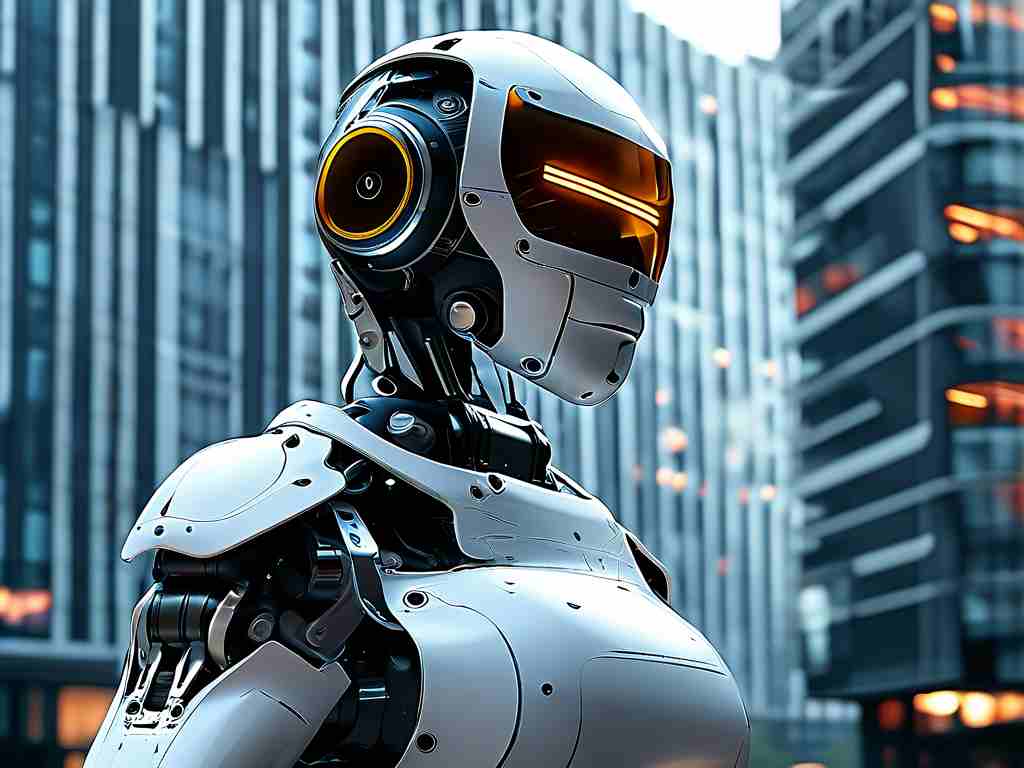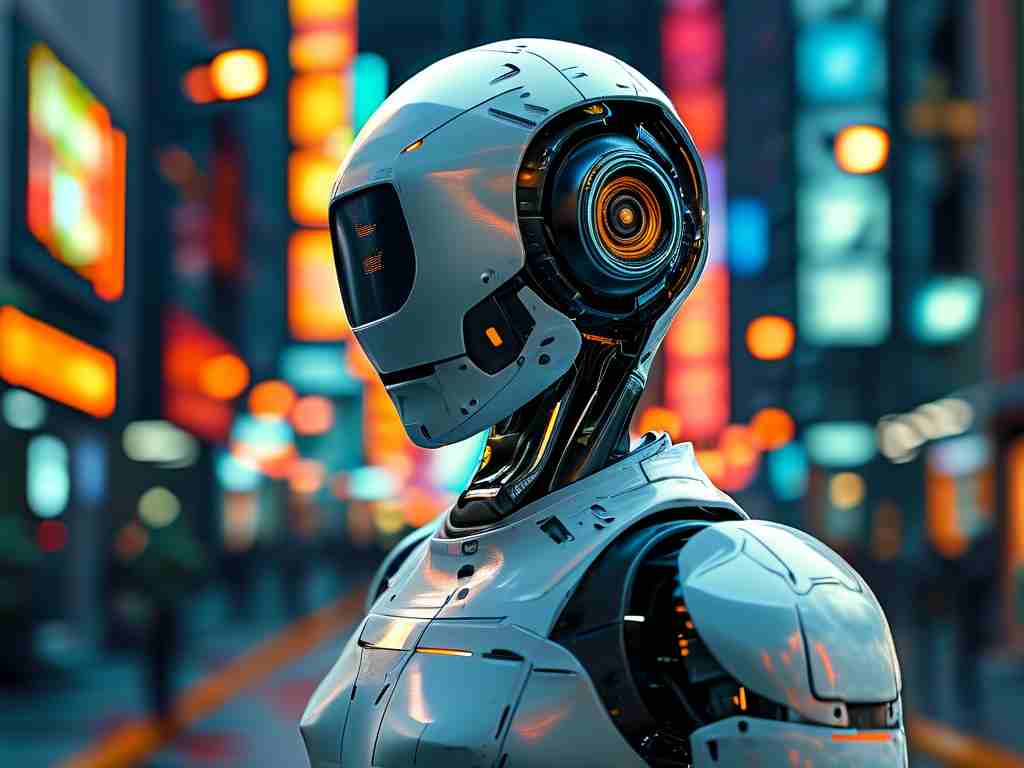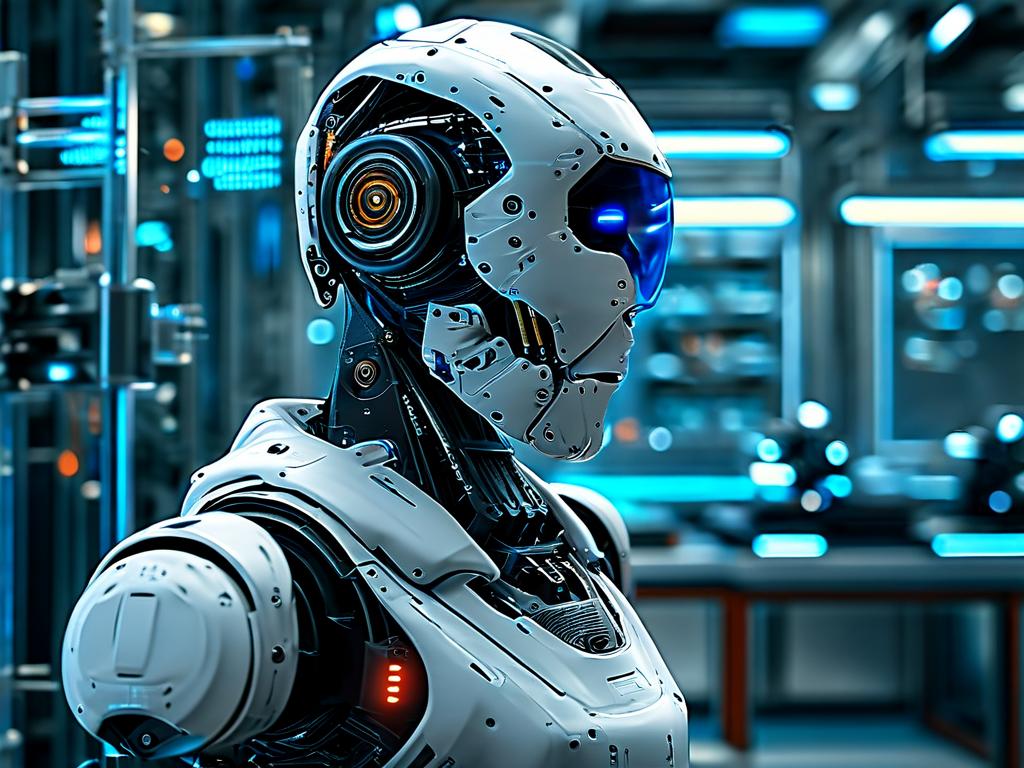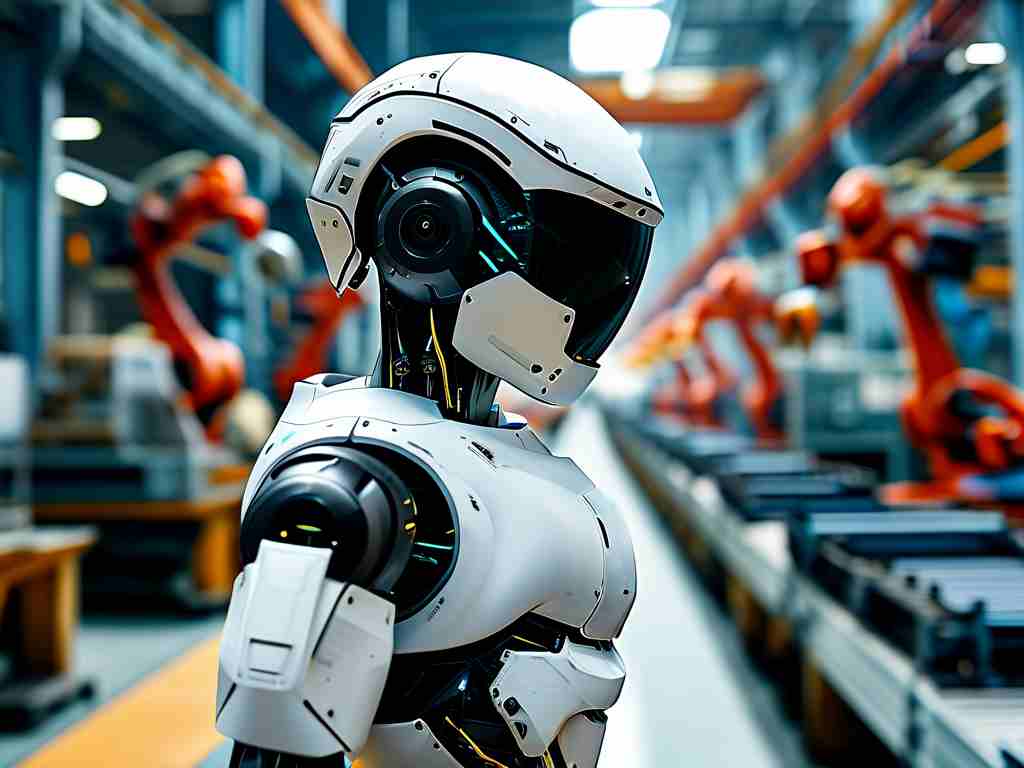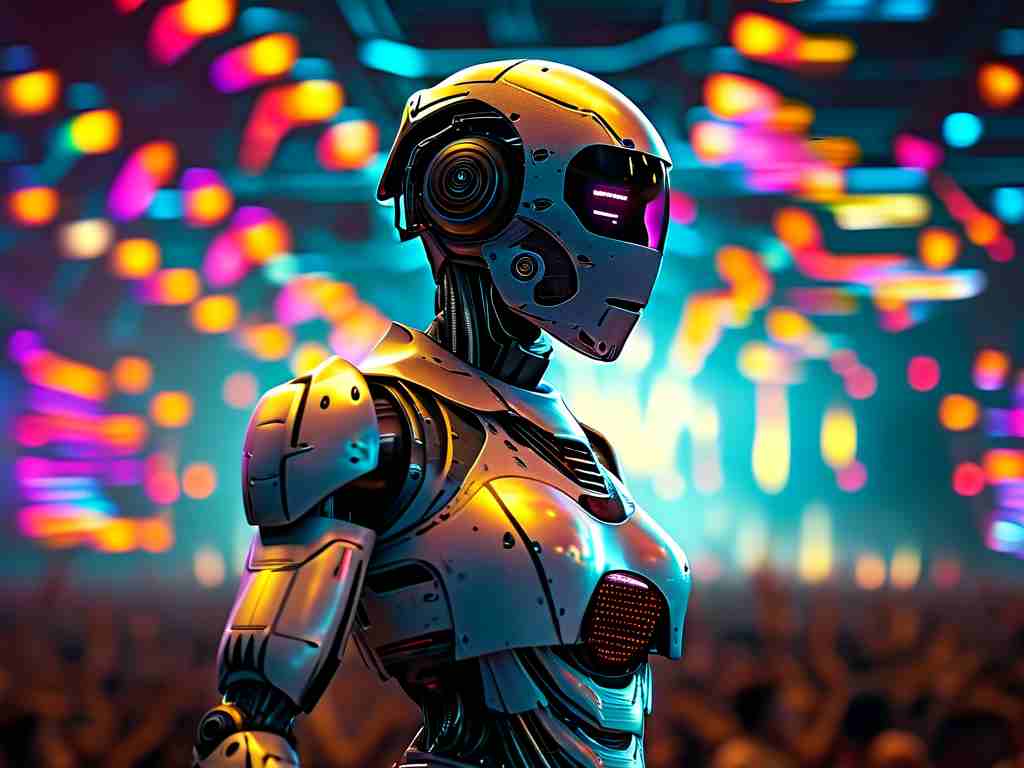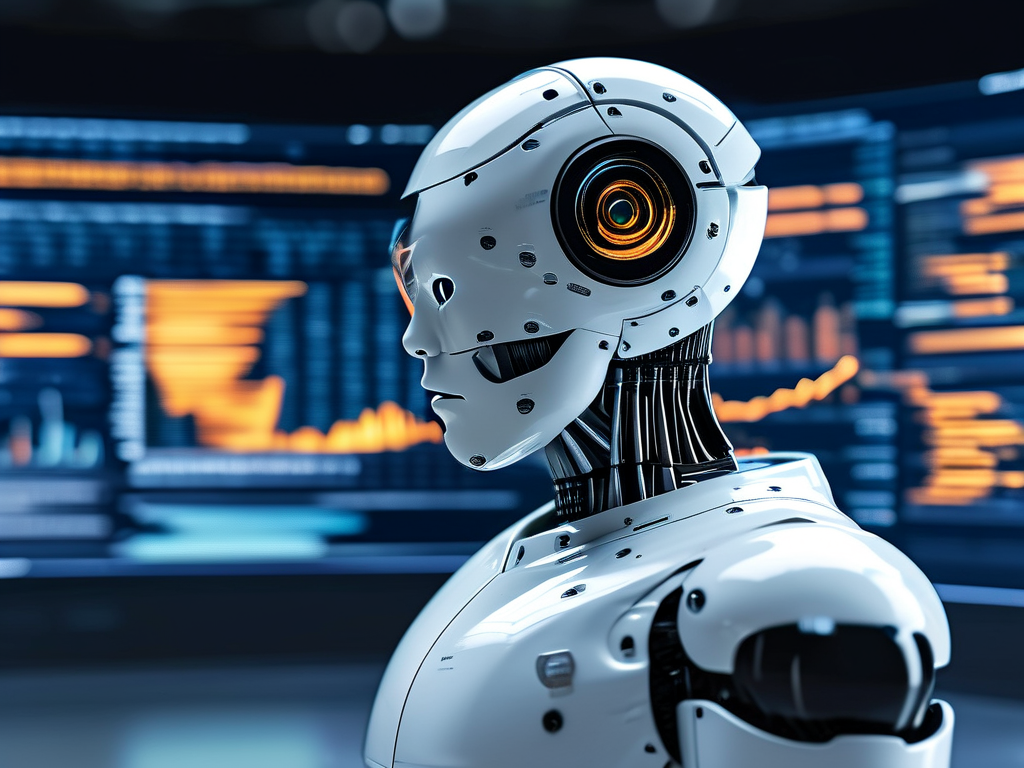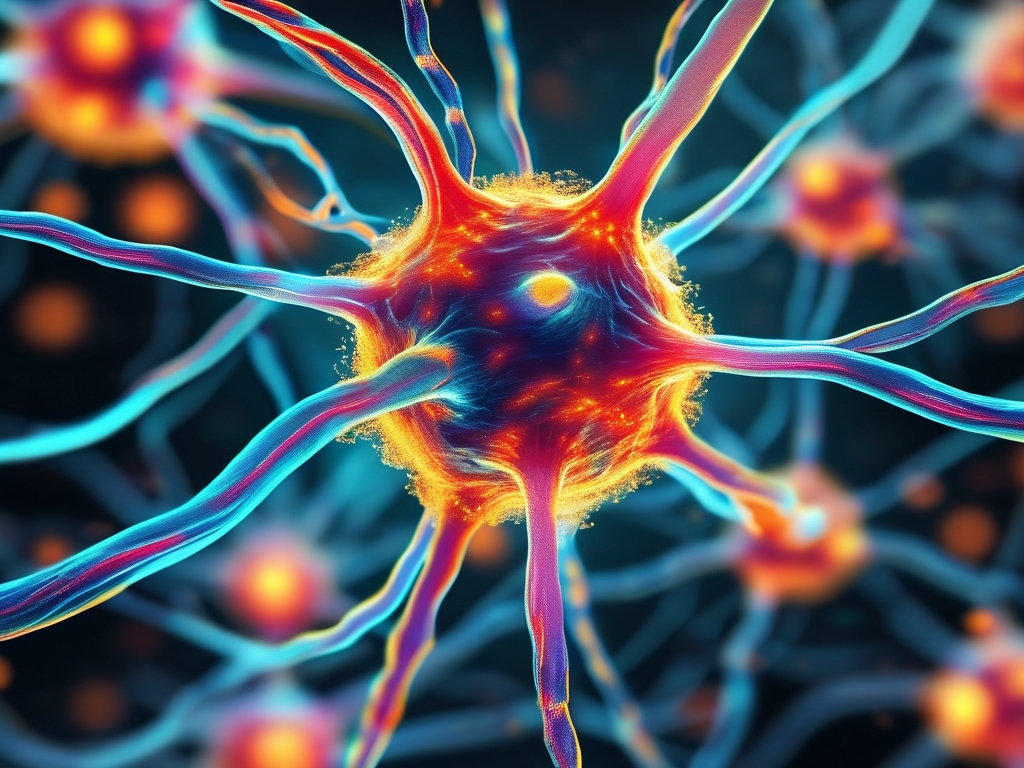In the rapidly evolving world of artificial intelligence, a new figure has emerged: Neural Network Man. This fictional character symbolizes the power and potential of neural networks, drawing inspiration from real-world advancements in machine learning. As a superhero of the digital age, Neural Network Man uses his abilities to solve complex problems, mirroring how neural networks transform data into actionable insights. This article explores his origins, capabilities, and real-world parallels, while delving into the core concepts of neural networks and their impact on society. By blending storytelling with technical depth, we aim to demystify this technology and inspire innovation.
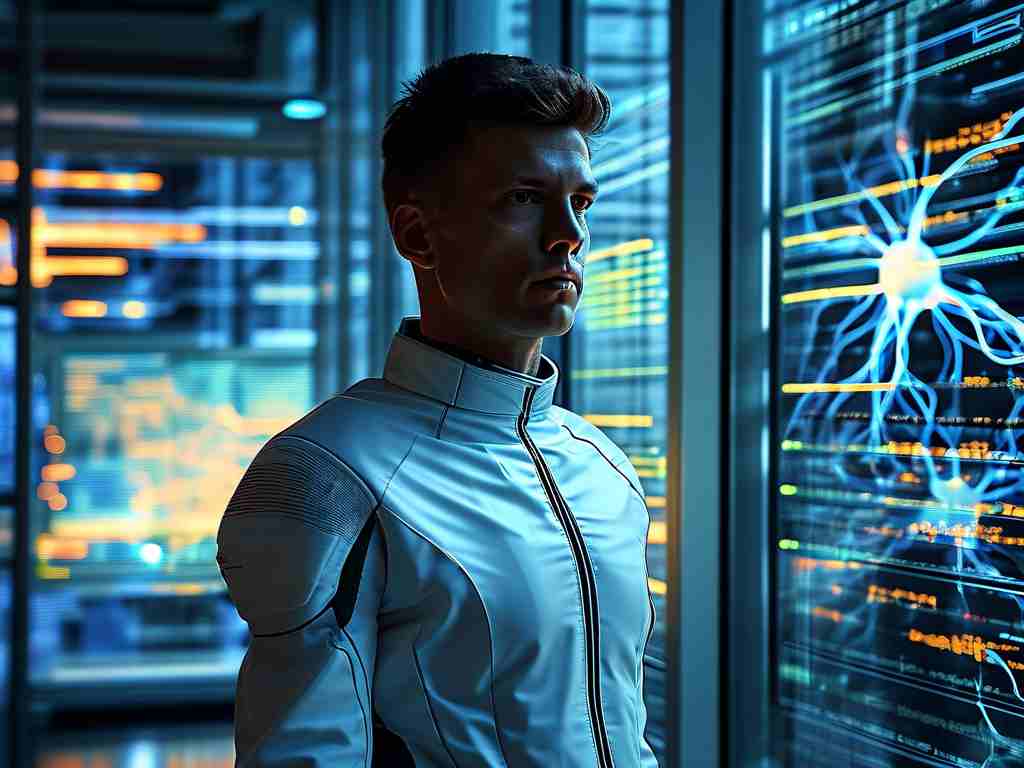
Neural Network Man first appeared in popular culture as a metaphor for AI's growing influence. Created by visionary scientists, he represents the fusion of human ingenuity and computational power. His "superpowers" stem from deep learning algorithms, enabling him to process vast amounts of information in milliseconds. For instance, he can predict natural disasters by analyzing weather patterns or diagnose diseases through medical imaging—tasks that parallel real neural networks in healthcare and environmental science. This character not only entertains but also educates, highlighting how AI can augment human efforts without replacing them. As we face global challenges like climate change and pandemics, Neural Network Man serves as a beacon of hope, reminding us that technology, when harnessed ethically, can drive positive change.
At its heart, neural networks mimic the human brain's structure, with layers of interconnected nodes that learn from data. These networks excel in pattern recognition, making them ideal for applications like image and speech processing. For example, in autonomous vehicles, neural networks interpret sensor data to navigate safely, much like Neural Network Man's ability to "see" and respond to threats. To illustrate, here's a simple Python code snippet using TensorFlow to build a basic neural network for image classification:
import tensorflow as tf
from tensorflow.keras import layers, models
# Define a simple neural network model
model = models.Sequential([
layers.Conv2D(32, (3, 3), activation='relu', input_shape=(28, 28, 1)),
layers.MaxPooling2D((2, 2)),
layers.Flatten(),
layers.Dense(64, activation='relu'),
layers.Dense(10, activation='softmax')
])
# Compile the model
model.compile(optimizer='adam',
loss='sparse_categorical_crossentropy',
metrics=['accuracy'])
print("Model built for image recognition tasks.")
This code demonstrates how neural networks can be trained to identify objects, echoing Neural Network Man's fictional feats. In reality, such models power everything from social media filters to medical diagnostics, reducing human error and increasing efficiency. However, challenges like data bias and computational costs persist, requiring ongoing refinement. Neural Network Man's stories often address these issues, portraying him as a guardian who ensures AI is used responsibly. By learning from his adventures, we gain insights into ethical AI development, such as transparency in algorithms and equitable access to technology.
Looking ahead, Neural Network Man's influence extends beyond fiction into education and industry. Schools incorporate his narratives to teach students about AI fundamentals, fostering a new generation of innovators. Meanwhile, businesses adopt neural networks for predictive analytics, optimizing supply chains and customer experiences. As AI evolves, this character evolves too, adapting to emerging trends like quantum computing and neural-symbolic integration. Ultimately, Neural Network Man embodies the synergy between human creativity and machine intelligence, urging us to embrace technology as a tool for progress. By exploring his world, we not only appreciate neural networks' capabilities but also envision a future where AI enhances human potential in unimaginable ways.


